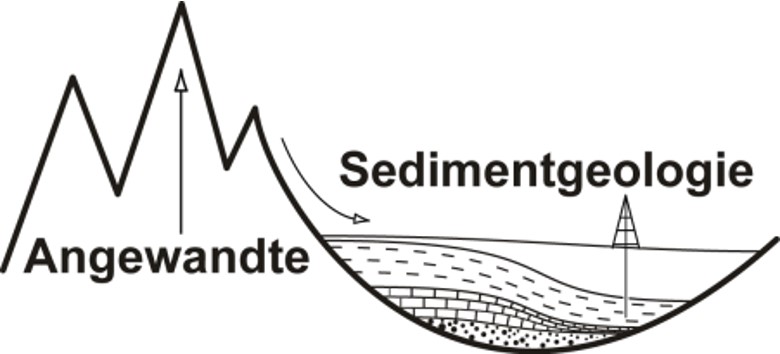Applicant: Prof. Dr. Matthias Hinderer
Funding: DFG
Persons of Charge: Anastasiya Oepen
Duration: 2022 – 2025
Summary
The Layla lakes, named after the nearby city of Layla, are located about 300 km south of Riyadh, the capital of Saudi Arabia. These lakes, which have now fallen dry, were formed by the hypogenic karstification of the Upper Jurassic Hith anhydrite and subsequent collapse of the overlying Cretaceous strata, creating a series of up to 40 m deep sinkholes. In addition, the lakes had no surface runoff, but were fed with groundwater from the limestone-dominated Arab aquifer, which lies under the Hith anhydrite. Due to its contact with anhydrite/gypsum, the rising groundwater was rich in calcium and sulfate.
First 14-C dating of organic material from the lake sediments showed an approximate maximum age of the Layla lakes of 10 ka. The sediments of the Layla lakes thus cover almost the entire Holocene of the Arabian region, a time that is so far only incompletely known about the climate in this region. Further investigations of the sediments showed a high diversity of autochthonous microfossil assemblies which contain pollen, spores, diatoms, freshwater algae and phytolites, but also testate amoebaes and zooclasts, which have not been described from the central Arab region so far. First applications of multi-proxy methods for the reconstruction of the Holocene paleoclimate and the paleoenvironment allow an interpretation of the climate and the course of the Intertropical Convergence Zone (ITCZ) and show a possible connection with previously unlinked global climate cycles.
The Layla lakes show through initial results a very high potential for high-resolution reconstruction of the Holocene climate of the Arabian Peninsula. On the one hand, this is of enormous importance, as not much is known about the climate of Saudi Arabia at that time and its influencing factors. On the other hand, these investigations are also of great importance for the movements of recent mankind history, as the Layla lakes could offer an alternative route for human movements.

M.Sc. Anastasiya Oepen
Contact
oepen@geo.tu-...
work +49 6151 16-20634






















